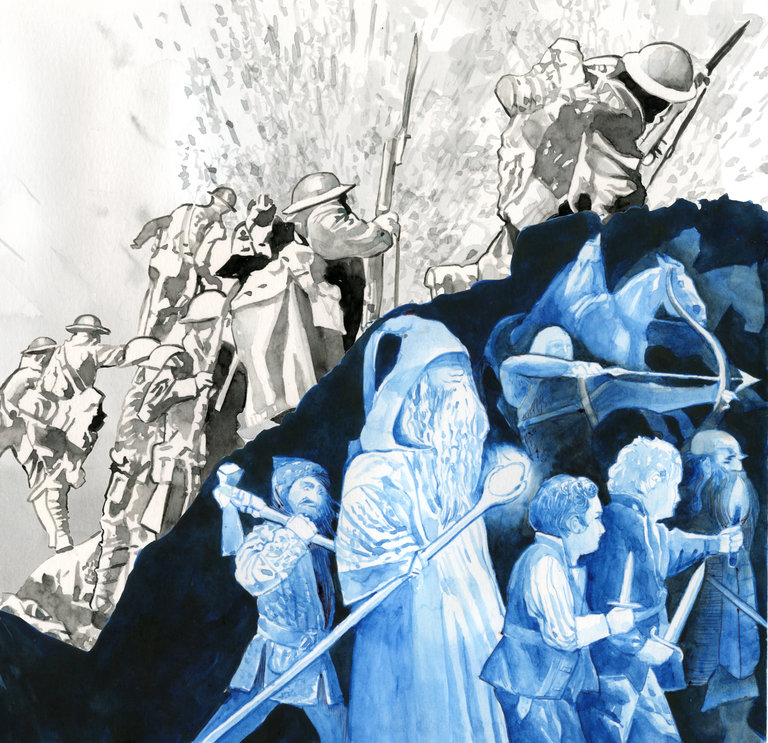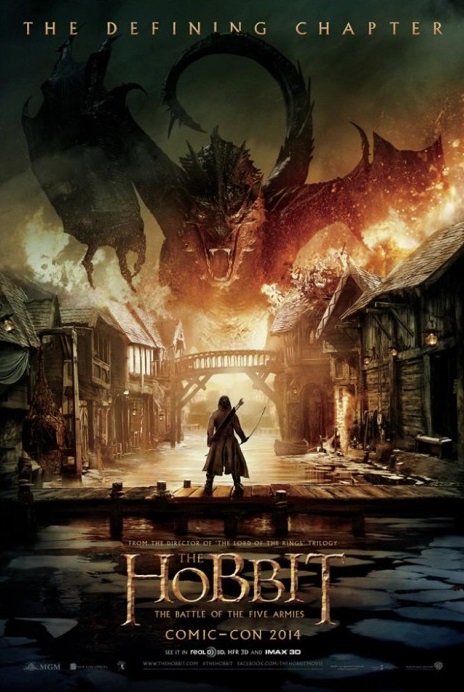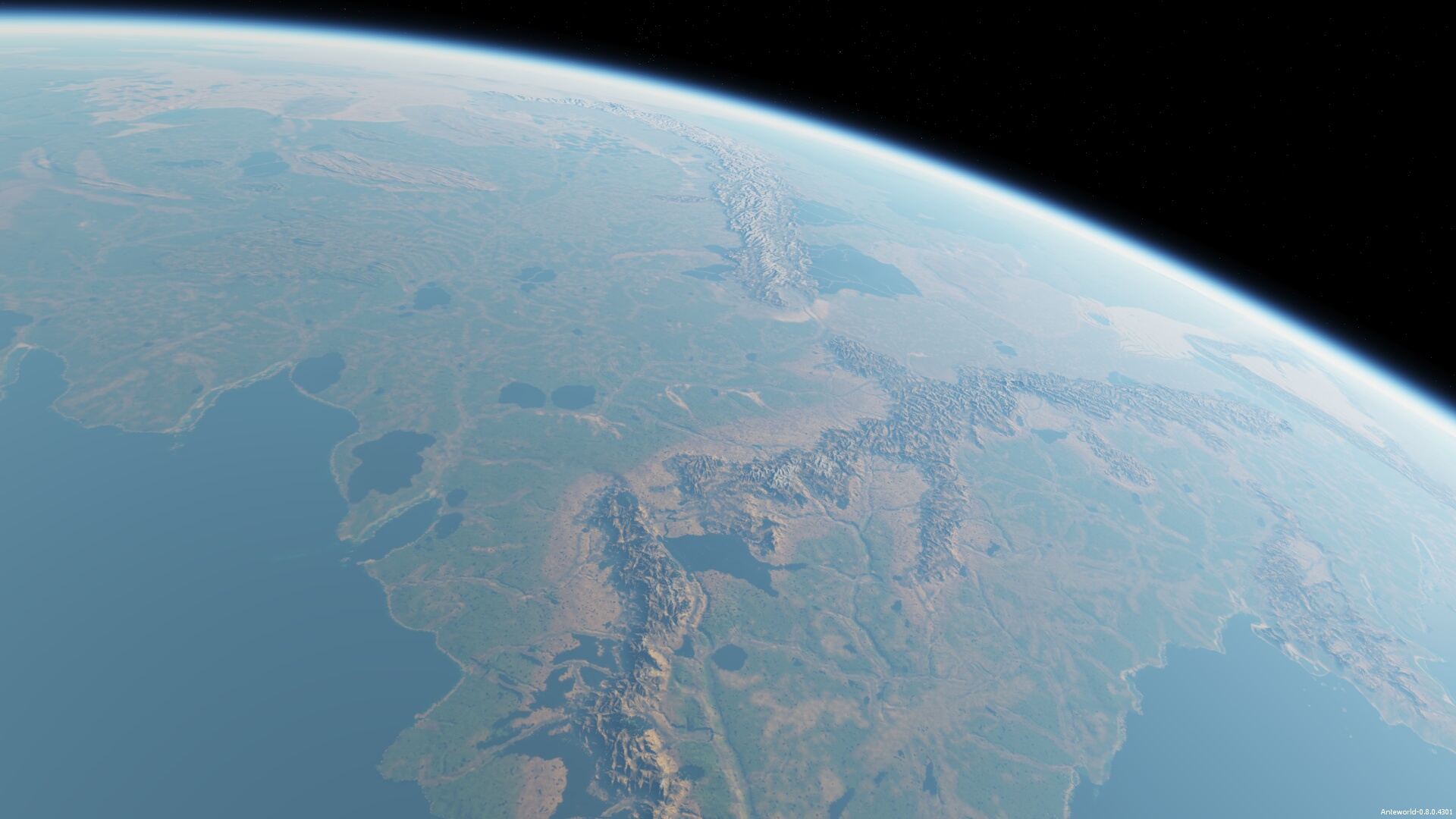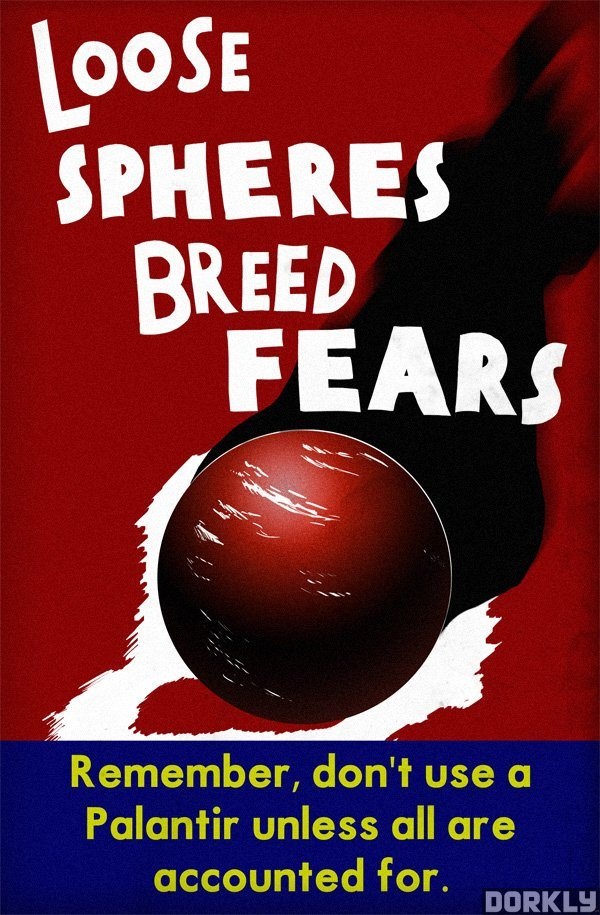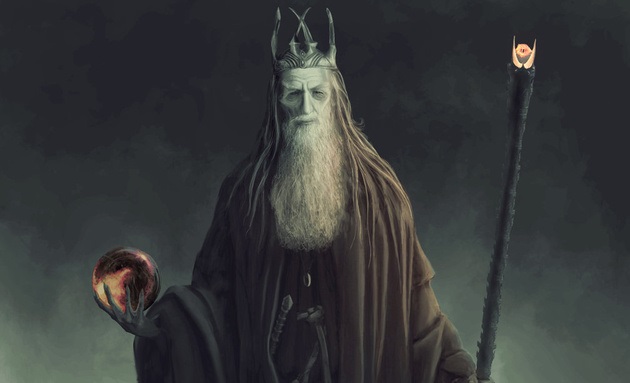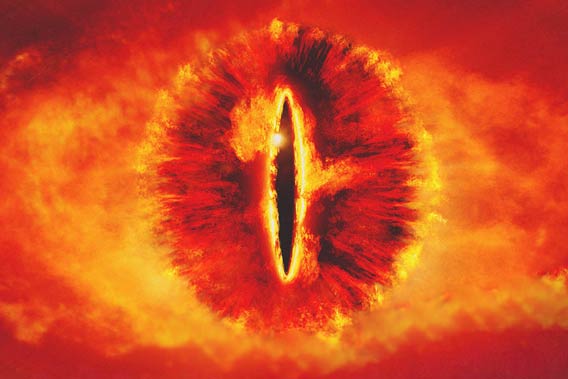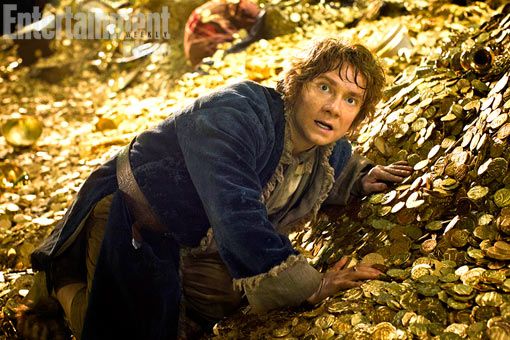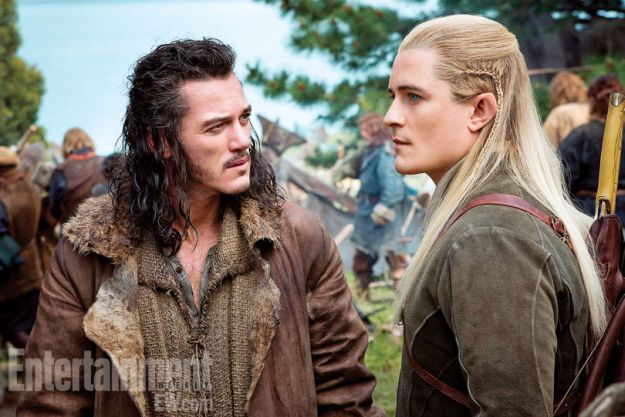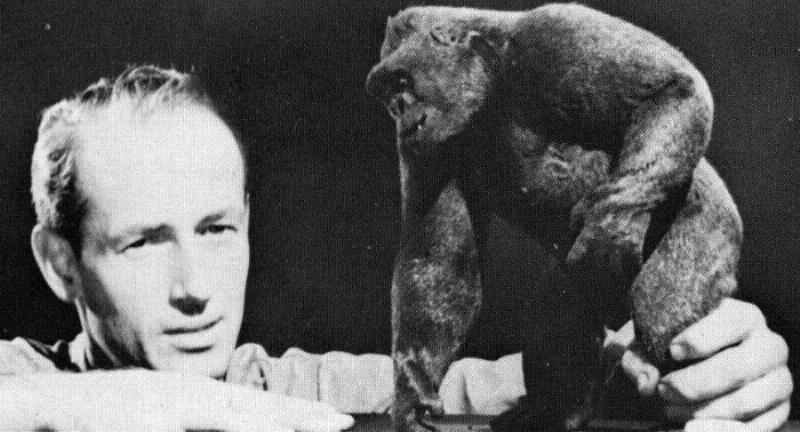 “Harryhausen’s fascination with animated models began when he first saw Willis O’Brien’s creations in KING KONG with his boyhood friend, the author Ray Bradbury in 1933, and he made his first foray into filmmaking in 1935 with home-movies that featured his youthful attempts at model animation.”
“Harryhausen’s fascination with animated models began when he first saw Willis O’Brien’s creations in KING KONG with his boyhood friend, the author Ray Bradbury in 1933, and he made his first foray into filmmaking in 1935 with home-movies that featured his youthful attempts at model animation.”
“Ray has been a great inspiration to us all in special visual industry. The art of his earlier films, which most of us grew up on, inspired us so much.” “Without Ray Harryhausen, there would likely have been no STAR WARS” — George Lucas.
“THE LORD OF THE RINGS is my ‘Ray Harryhausen movie.’ Without his life-long love of his wondrous images and storytelling it would never have been made – not by me at least.” — Peter Jackson
“What we do now digitally with computers, Ray did digitally long before but without computers. Only with his digits.” — Terry Gilliam.
“I think all of us who are practioners in the arts of science fiction and fantasy movies now all feel that we’re standing on the shoulders of a giant. If not for Ray’s contribution to the collective dreamscape, we wouldn’t be who we are.” — James Cameron
The Master stops motion: R.I.P. Ray Harryhausen, 1920-2013.
